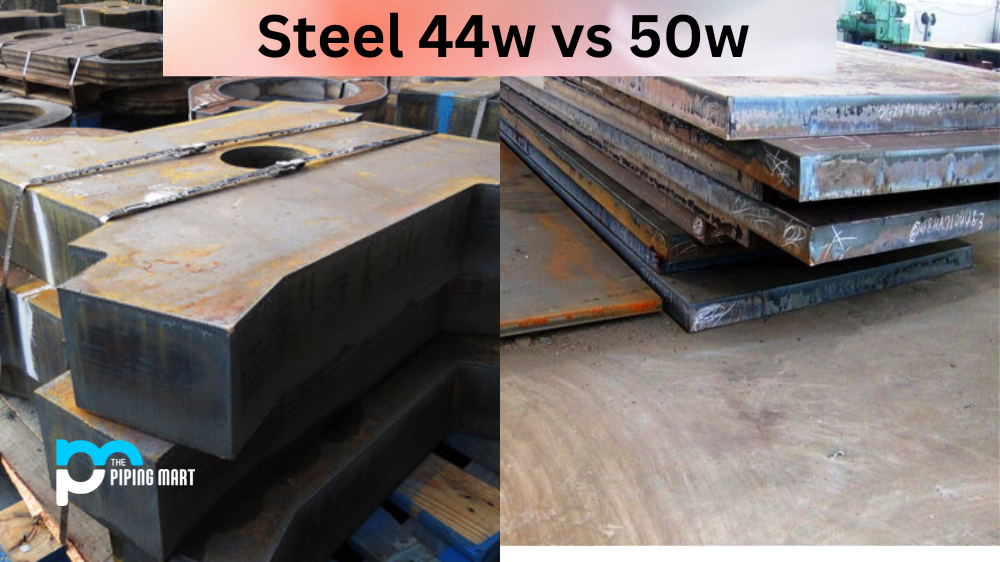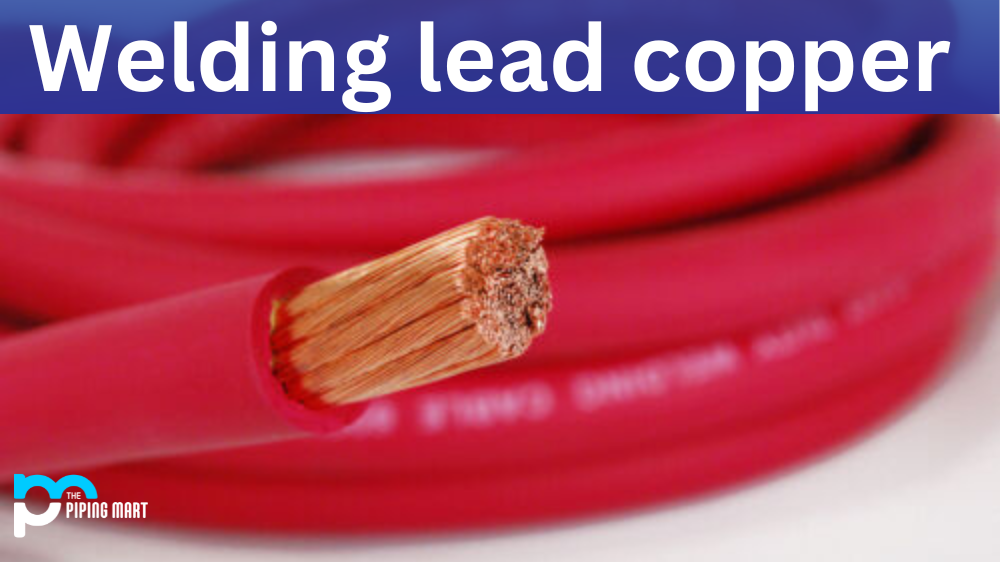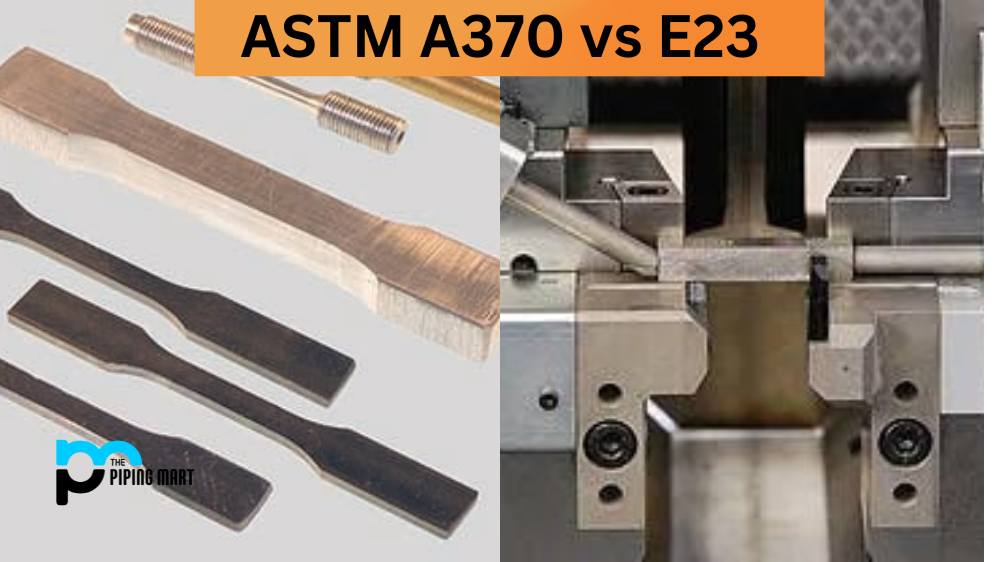Choosing the right steel for your project can be daunting, with so many available options. Two of the most popular steel types are 44w and 50w. Although both are used for various applications, they have distinct properties that make them suitable for different uses. In this blog post, we will explore the differences between steel 44w and 50w, highlighting their unique features and helping you make an informed decision when choosing which one to use for your project.
Difference Between Steel 44w and 50w
Composition
Steel 44w is a low-carbon structural steel known for its strength and durability. It contains a minimum of 0.20% carbon and a maximum of 0.50% manganese. On the other hand, steel 50w is a high-strength, low-alloy structural steel that contains a minimum of 0.20% carbon, 1.50% manganese, and other elements such as copper, nickel, and phosphorus.
Strength and ductility
Steel 50w is stronger than 44w, making it suitable for high-strength materials applications. Its higher ductility allows it to be easily formed and welded. On the other hand, steel 44w is less strong than 50w but provides good ductility, making it suitable for general structural applications that do not require high strength.
Corrosion Resistance
Steel 50w has better corrosion resistance than 44w, thanks to the addition of copper and phosphorus. This makes it suitable for applications exposed to harsh environments, such as bridges and marine structures.
Cost and Availability
Steel 44w is generally cheaper than 50w, making it a popular choice for general structural applications. However, 50w’s superior strength and corrosion resistance make it a more expensive option. Availability also varies depending on the location and supplier, so it’s essential to do your research before deciding.
Applications
Steel 44w is commonly used in building and bridge construction, mining equipment, and general fabrication. Steel 50w is more commonly used in applications that require higher strength, such as highway bridges, steel structures, and wind turbines.
Conclusion
Choosing between steel 44w and 50w largely depends on the specific needs of your project. While both are high-quality steels, there are significant differences in their composition, strength, corrosion resistance, and applications. Before deciding, it’s crucial to consider your budget, the environment where the steel will be used, and the project’s requirements. Consulting with a professional can also help you make an informed decision. Choosing the right steel will ensure your project’s safety, durability, and reliability.
Meet Heer, a dynamic and driven writer learning tricks of her trade in the metal industry. With a background in Digital Marketing, Heer brings a unique perspective to her writing, sharing valuable insights. Apart from blogging she like reading and hiking.




